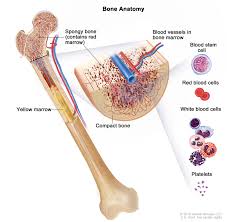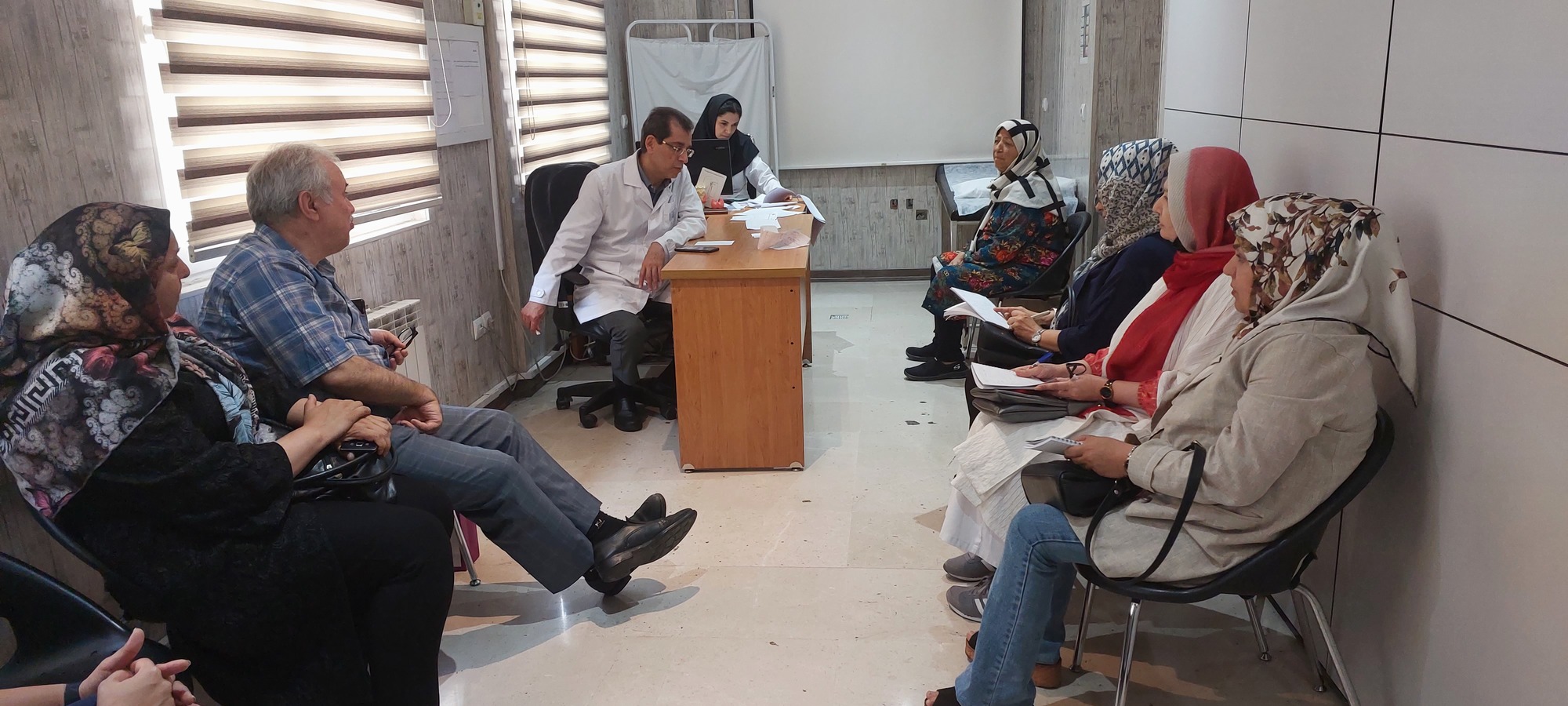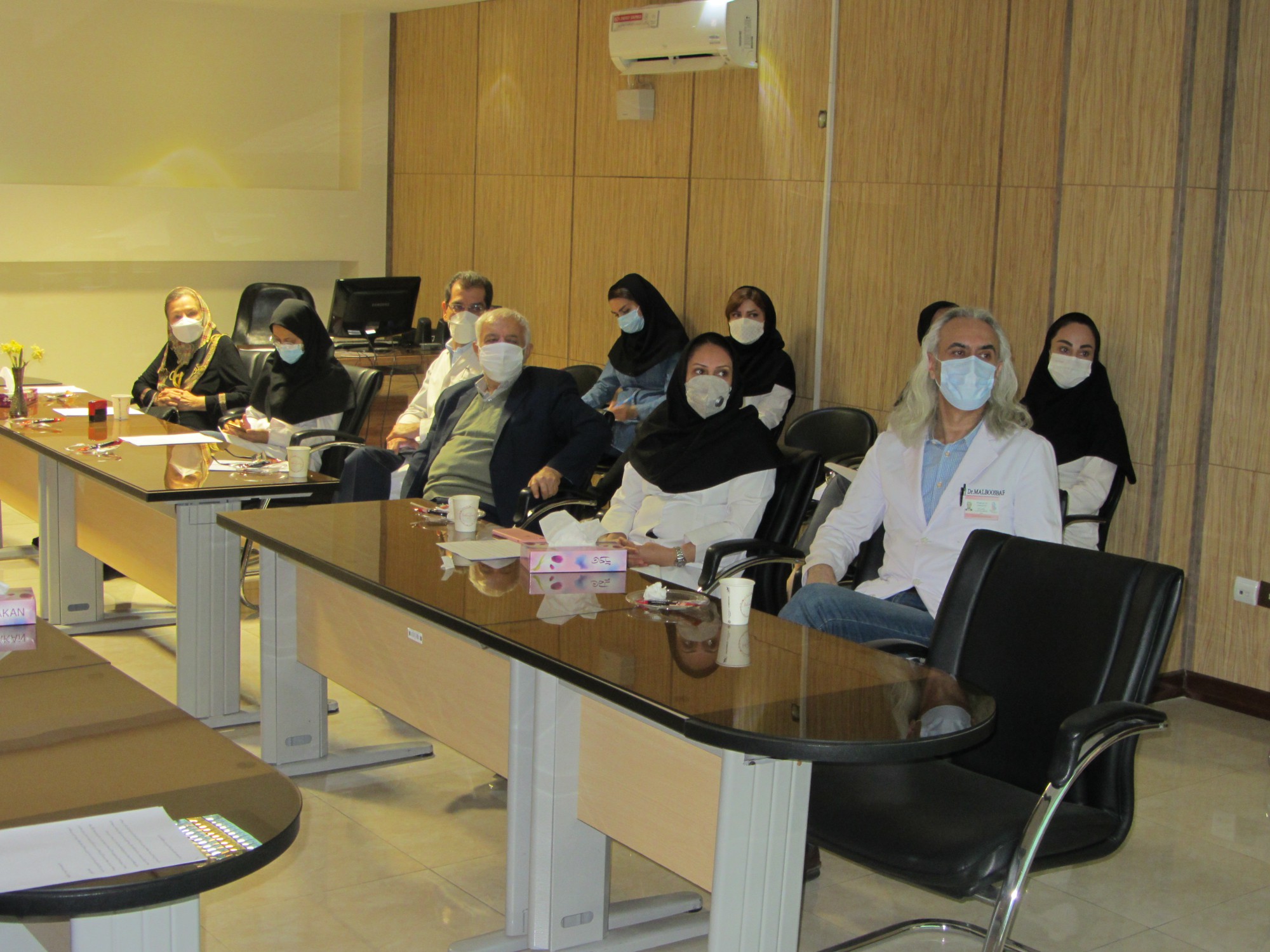Chronic blood diseases in children

Blood diseases are diseases in which there are disorders in the number and shape of blood cells, each of which shows itself with symptoms. Acquired and congenital anemias, hemoglobinopathies, polycythemia, congenital coagulation disorders and cancers lead to some degree of growth disorder in children. Timely identification of endocrine complications such as growth in this group of patients is vital. Therefore, identifying effective strategies for control The growth status of people suffering from chronic blood diseases and the resulting complications is a priority in these patients. Several factors appear to be associated with the control of growth status in the patient with hematological problems. One of the obstacles to proper growth is the lack of knowledge about treatment goals with the least complications, which are chemotherapy and radiotherapy and other related treatments and identification of early and late glandular complications and care activities in chronic blood diseases. Studies show that increasing the level of knowledge and awareness of the disease in chronic blood diseases is more likely to lead to care and support activities. Studies have shown that low levels of health literacy and lack of awareness of disease symptoms are associated with more developmental disorders. The key element of this process is the empowerment of patients and the need for the monitoring and care process at appropriate times. If patients are sufficiently competent in setting up the follow-up and management of their disease according to their personal conditions, it will lead to continuity of care, improvement of health level and cost reduction. Due to the high prevalence of blood disease and its complications, prevention of long-term complications The period is of particular importance. The purpose of forming this core of research in the field of growth-related endocrine complications in blood diseases and prevention of short and long-term complications is to produce electronic programs to empower patients and improve their treatment and follow-up process.











